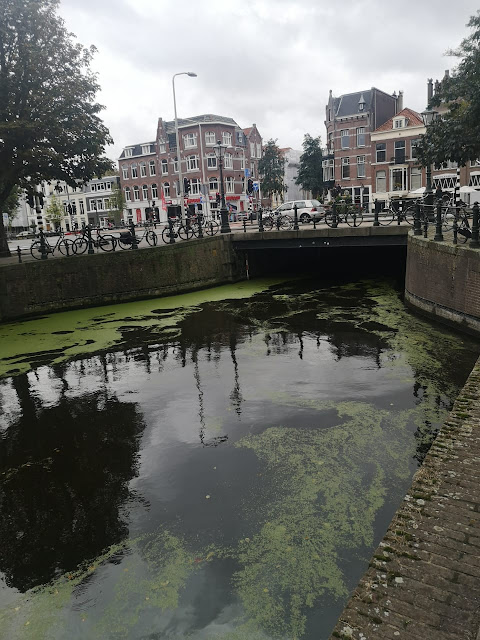Classifying and naming crops
Let me first start by telling you the basic information and taxonomy of duckweed.
Duckweed is part of the Plantae kingdom, which means that it is a multicellular plant that photosynthesizes. Its scientific name is Lemna minor
The plant is part of the class 'Angiosperms' and belongs to the order 'Alismatales'. This is an order of tropical and aquatic flowering plants. (Duckweed Geography, 2006)
The plant is part of the class 'Angiosperms' and belongs to the order 'Alismatales'. This is an order of tropical and aquatic flowering plants. (Duckweed Geography, 2006)
Duckweed's family was unknown for a very long time however, recent research shows they belong to the family of the 'Araceae', which are monocotyledonous flowering plants.
It is predicted that they are native to cooler regions of North America, Europe, and Western Asia. The plant can be categorized as a protein crop, an aquatic crop or an invasive crop. (de
Jong, 2018)
- Spirodela
- Landoltia
- Lemna
- Wolffiella
- Wolffia
Some of the most common species are:
- Lemna Minor
- Lemna Gibba
- Lemna minuta
I choose to focus on the production of duckweed in the Netherlands since the crop is becoming more and more popular each day in Western countries.
Over the last ten years, the Netherlands has been trying to grow duckweed in order to for example treat sewage and wastewater and reduce the high concentrations of nitrogen, potassium, and phosphorus. (Markman de maker, 2017)
All of these factors led the Netherlands to focus on research and development of growth and consumption of duckweed. (Tavares Kennedy, 2018) Consequently leading me to explore the production of the crop in the country and allowing me to explore the industry's development and ambition to produce the 'crop of the future'.
All of these factors led the Netherlands to focus on research and development of growth and consumption of duckweed. (Tavares Kennedy, 2018) Consequently leading me to explore the production of the crop in the country and allowing me to explore the industry's development and ambition to produce the 'crop of the future'.
 |
| Picture 2: Self-taken picture in The Hague |
References:
de Jong, G. (2018).
Duckweed, the Future of Feed and Water Treatment - BioWeb.ie. Retrieved
September 20, 2019, from http://bioweb.ie/duckweed/
Duckweed Geography.
(2006). Duckweed Geography. Retrieved September 20, 2019, from
https://www.mobot.org/jwcross/duckweed/Habitat/geography.html
Markman de maker.
(2017). Dutch study new opportunities for algae and duckweed cultivation.
Retrieved September 20, 2019, from https://www.hortidaily.com/article/6032347/dutch-study-new-opportunities-for-algae-and-duckweed-cultivation/
Tavares Kennedy, H.
(2018). Duckweed takes off in nutrition space as well as biofuel and bioenergy :
Biofuels Digest. Retrieved September 20, 2019, from
https://www.biofuelsdigest.com/bdigest/2018/11/11/duckweed-takes-off-in-nutrition-space-as-well-as-biofuel-and-bioenergy/



Comments
Post a Comment